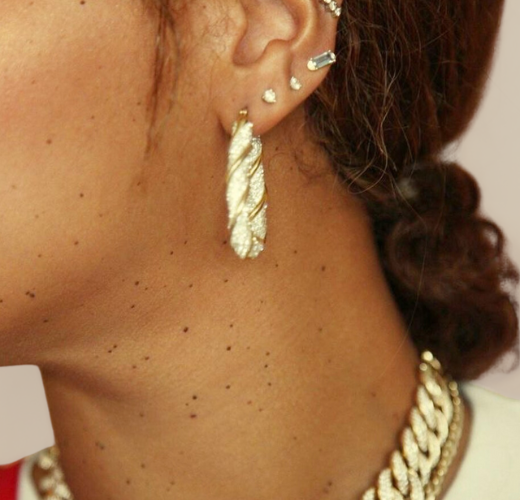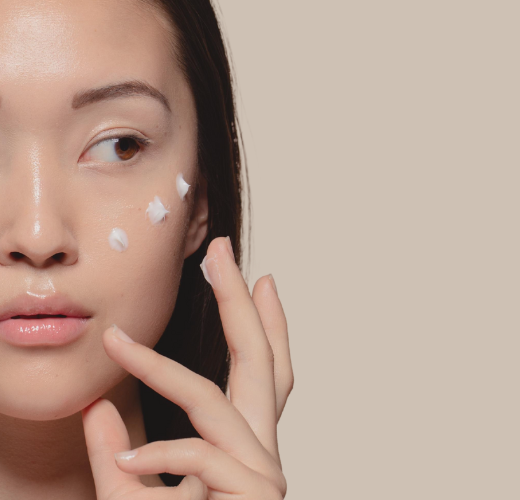Quick Guide to DPN Treatment

So, you've got those tiny and charming dark spots settling rent-free on your face and you’re thinking of kicking them out? These are called Dermatosis Papulosa Nigra, or DPN for short. By definition, according to Xiao et al. " DPN is a benign epidermal growth that shows as hyperpigmented or skin-colored papules that grow on the face and neck which commonly occurs among people of African and Asian descent."
Although some people feel more confident when they’re not around, some actually love their DPNs and see them as trophies that come with age (shoutout to Queen Bey!). To be honest, both are okay! But if you’re among those who get an extra boost of self-esteem when you don’t see them on your skin, here is some dermatologist-approved information you need to know before getting a DPN treatment.
Make an Appointment with Your Dermatologist
Just like any other health-related procedures, one should be wise to consult their physician before going under. But for DPN treatment’s case, you should definitely book an appointment with your dermatologist. Consulting with them will enlighten you of the best plan of action you should do to achieve your own definition of having healthy skin.
Choosing Treatment Options
Whether it's a freeze with liquid nitrogen, laser-powered magic, or the classic cauterization, any of these treatments will ensure that your DPNs will take a lengthy vacation away from your skin for several years. But as a dermatologist myself, I perform cauterization on all skin types. This procedure takes about 15-30 min depending on the location and quantity.
What to Expect During the Procedure
The procedure itself is typically quick and tolerable. Although you might experience some discomfort, redness, or swelling after the treatment, you need not to worry since these effects are generally mild and temporary.
Post-Treatment Pampering
Recovery time takes 3-14 days. After the treatment, the key is to keep the area moisturized with Vaseline, Aquaphor or a barrier cream. When going outdoors, make sure to always use sunscreen.
Things to Consider
While DPN treatments are mostly safe, it is advisable that you know of the risks they involve. Some of them include temporary hypopigmentation and redness. When you are in the right hands, your dermatologist will discuss all the risks in order for you to make an informed and educated decision.
DPN treatments are considered as transformative and confidence-boosting. By consulting with a dermatologist, discussing treatment options, and religiously following post-op care guidelines, you will be able to acquire your desired results.
Reference:
Xiao, A., Muse, M. E., & Ettefagh, L. (2023, August 7). Dermatosis papulosa nigra. National Library of Medicine. https://www.ncbi.nlm.nih.gov/books/NBK534205/


